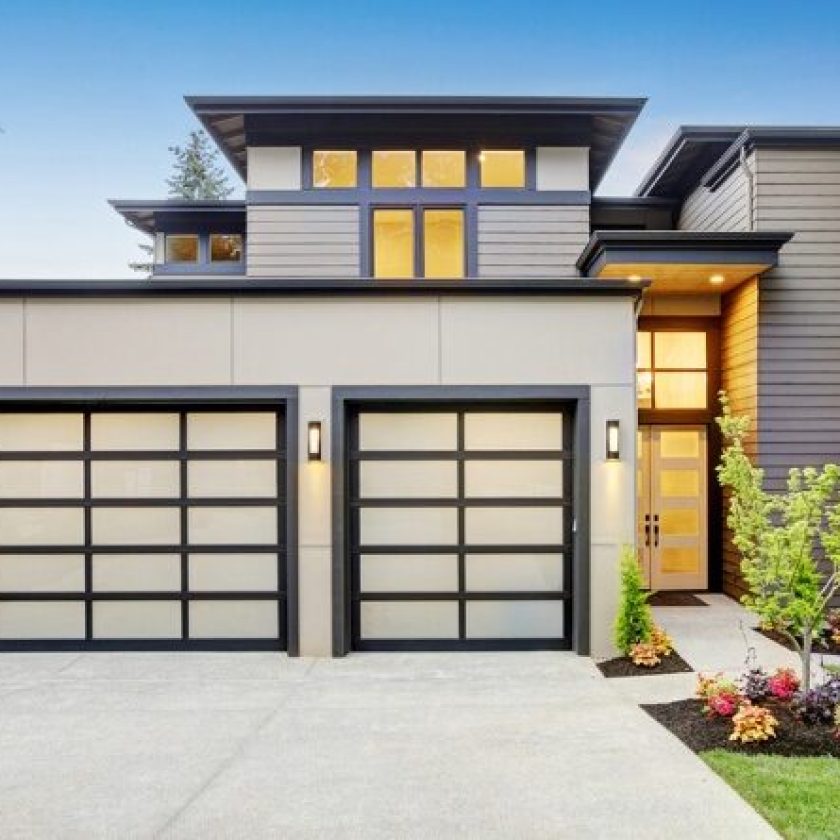Most people don’t think about their roof until it needs repairs or replacements. While there are numerous roofing styles, the type you choose can affect your home’s visual appeal and value while impacting features like energy efficiency, storage, and weatherproofing. Here are some of the common roof styles for a home.
1. Gable Roof
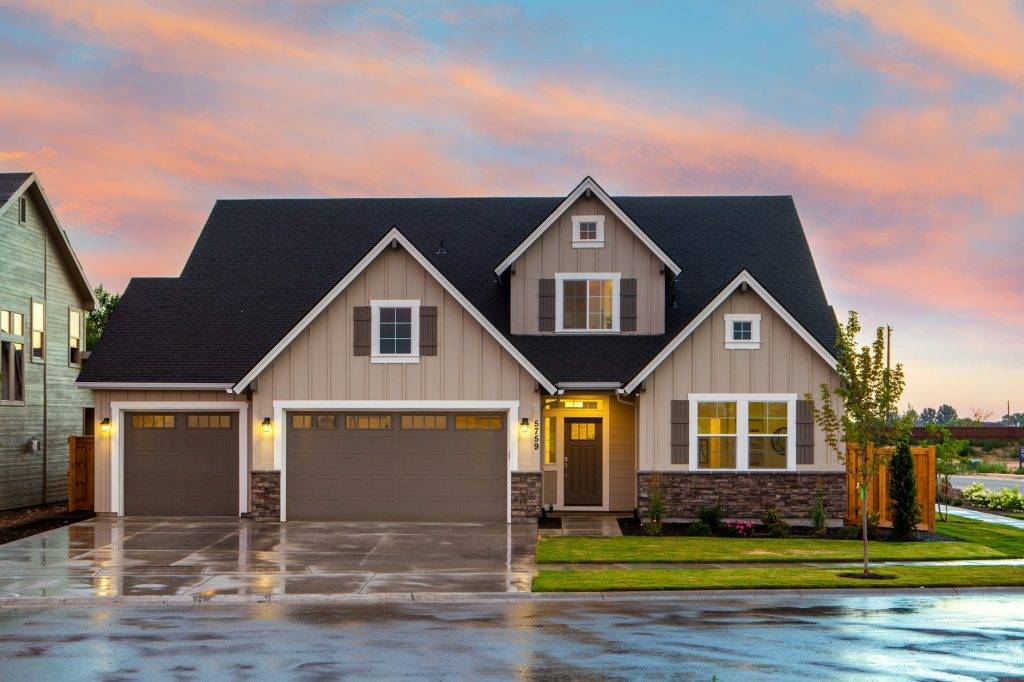
source: decoist.com
A gable roof is a triangular pitched roof on most suburban houses in neighborhoods with standard peaked roof lines. The roof is less costly to build due to its simple design. Typically, the gable roof design is what most pitched roof designs are built on.
Gable roofs can use almost any type of roofing materials, including cinder shingles, asphalt shingles, and clay tiles. The triangular shape makes it easy for ice, snow, and rain to slide off easily. The design also allows convenient attic storage, vaulted ceiling, and living space under the roof.
However, a gabled roof may not be ideal for areas that are prone to strong winds or hurricanes, as the eaves could be damaged by strong winds.
2. Hip Roof
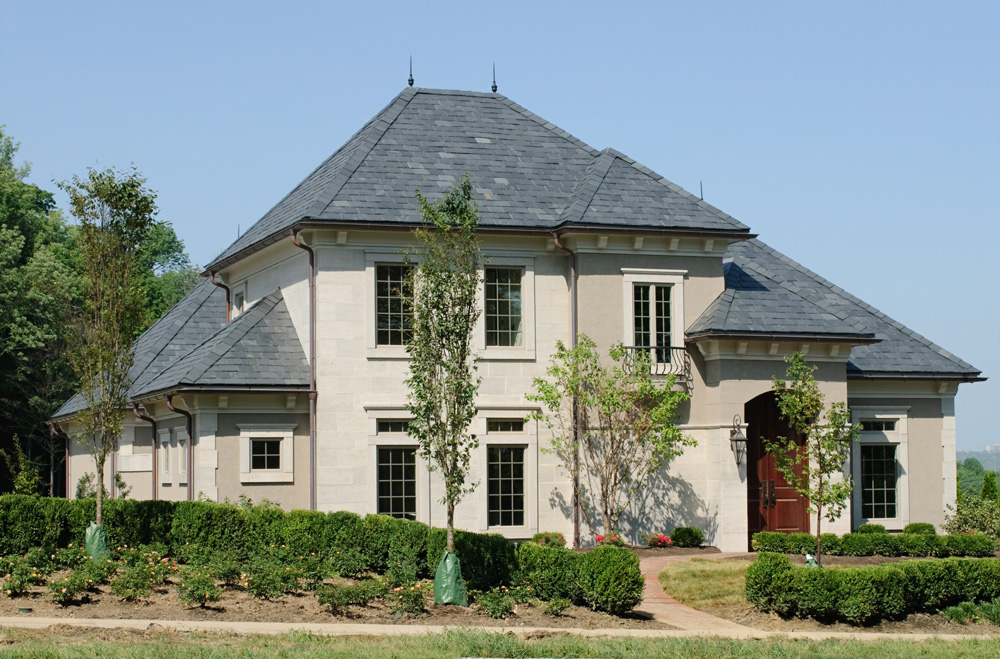
source: fredericroofing.com
Hipped roofs have slopes on all four sides that converge to form a ridge. This design makes hip roofs more appropriate for areas that experience significant ice or snow since the slope facilitates easy runoff. Since the roof has an inward pitch on the sides, they tend to be more stable under extreme weather conditions.
The overhanging eaves on all sides also provide better cover and shade for your home. A hipped roof may include various design elements like dormers and crows nests for extra storage, or front gables which highlight an entryway or a front porch.
The design can use various roofing materials, including seam tiles, asphalt shingles, and clay tiles. Typically, hipped roofs are more costly than gable roofs due to their complex design, but they are more versatile and durable. The construction requires more materials and expert roofing contractors to create a sturdy design with good storage space beneath the roof.
3. Jerkinhead Roof
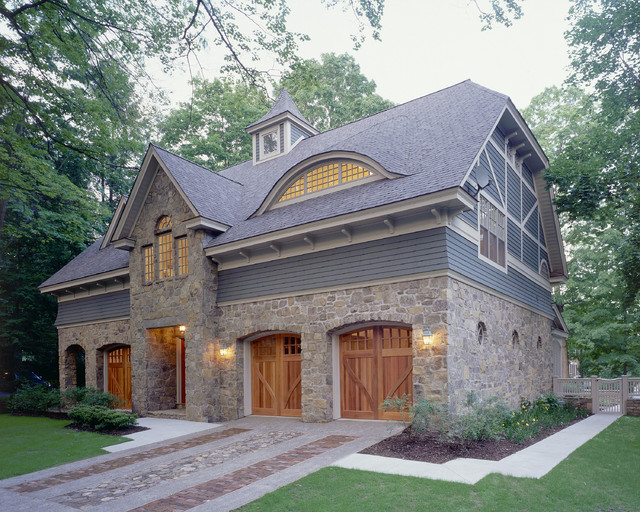
source: pinterest.com
Jerkinhead roofs tend to combine the design elements of a hipped roof and gable roof. It’s also known as a clipped gable roof since it resembles a gable design but has shorter ends on two sides. Mostly, the design ensures that clipped sides don’t obstruct the view from dormer windows.
The design offers more stability compared to hip and gable roofs, since the clipped edges enhance resistance to strong winds. Jerkinhead roofs with a high pitch can allow you to have extra storage space beneath the roof.
Typically, you can build the roof design with most materials, including composites, metal shingles, wooden shingles, asphalt, or slate. While jerkinhead roofs are more expensive, they tend to be more durable and stable.
4. Mansard Roof
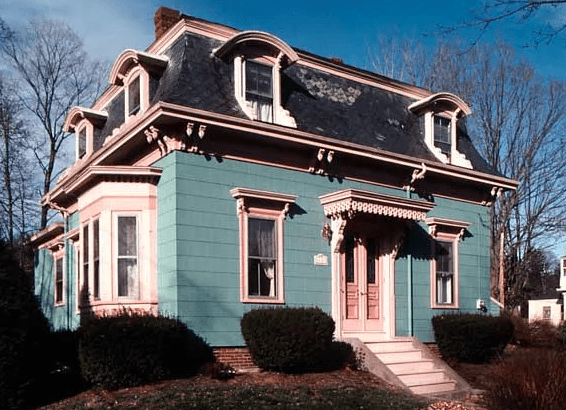
source: wentworthstudio.com
A Mansard roof design is also known as a French roof, and it consists of four double-slope sides converging to create a low pitch at the middle. They tend to be appealing due to extra attic storage, and they result in a flexible home since you can easily build additions.
The sloping sides may be curved or flat, but the upper slope has a smaller pitch than the lower slope. If you’re building a Mansard roof, it’s vital to add dormer windows to improve lighting conditions in the attic.
High-end variations may include decorative stonework or other trim in the dormers. While mansard roofs can be built with almost any material, using metals like copper and zinc can enhance the appearance.
5. Flat Roof
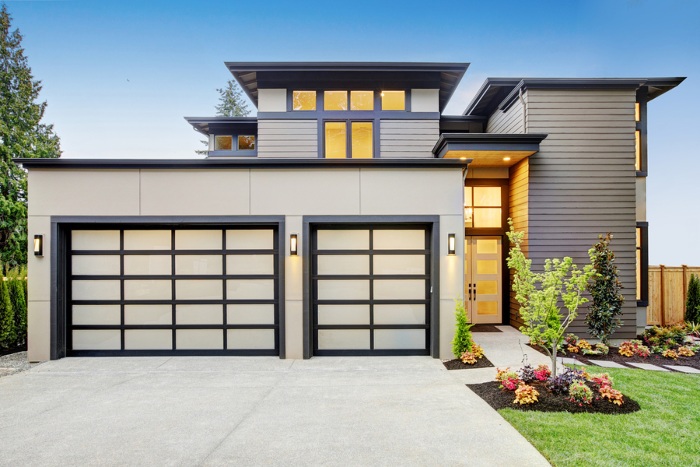
source: millershomeimprovement.com
Flat roof designs have a minimal slope and often appear flat, although slightly sloping angles facilitate runoff. You can use various roofing materials to build a flat roof, but rubber, PVC, metal sheets, tar, and gravel tend to be common.
You can use a flat roof as a patio or a deck which is a great advantage in favorable weather. It’s also easy to install solar panels on the roof, making your home more energy-efficient. A flat roof can be a good site to start a green rooftop garden. While flat roof designs are not complex and less expensive, they need regular maintenance.
6. Butterfly Roof
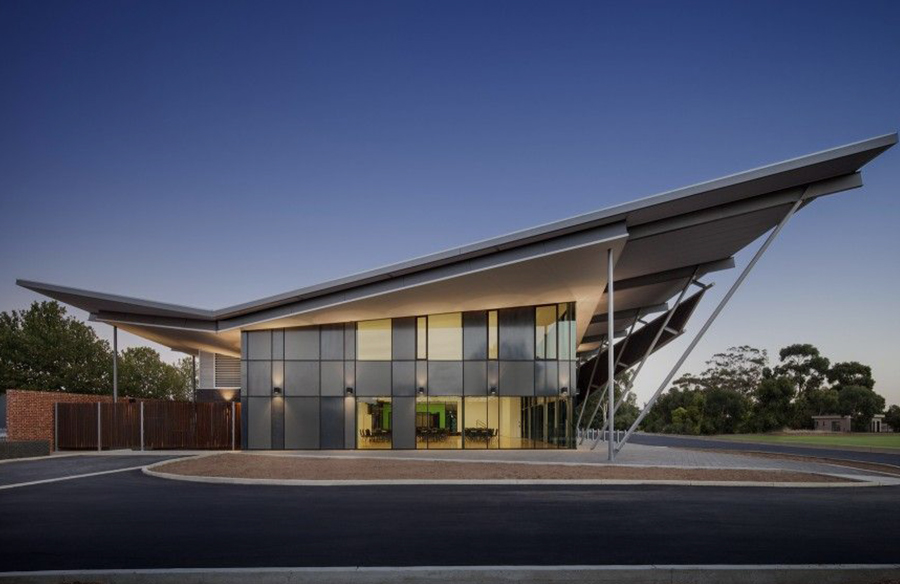
source: pinterest.com
The butterfly roof is a roof with two sloping sides that resembles a butterfly’s wings. This style is mainly used in urban areas, as it offers an extra measure of protection against rain and snow from all sides, so water doesn’t pool on your home’s surface.
Butterfly roofs are also used as an aesthetic choice in rural areas, where they blend in with traditional home designs such as bungalows. You can use various materials to build your butterfly roof, including asphalt shingles, slate, wooden shakes, tiles, concrete, fiber, steel truss, and galvanized iron sheet.
Endnote
Regardless of your roof type, it’s important to ensure proper maintenance for maximum durability and appeal. If you need some help with roofing, consult experienced roofing contractors for guidance.

